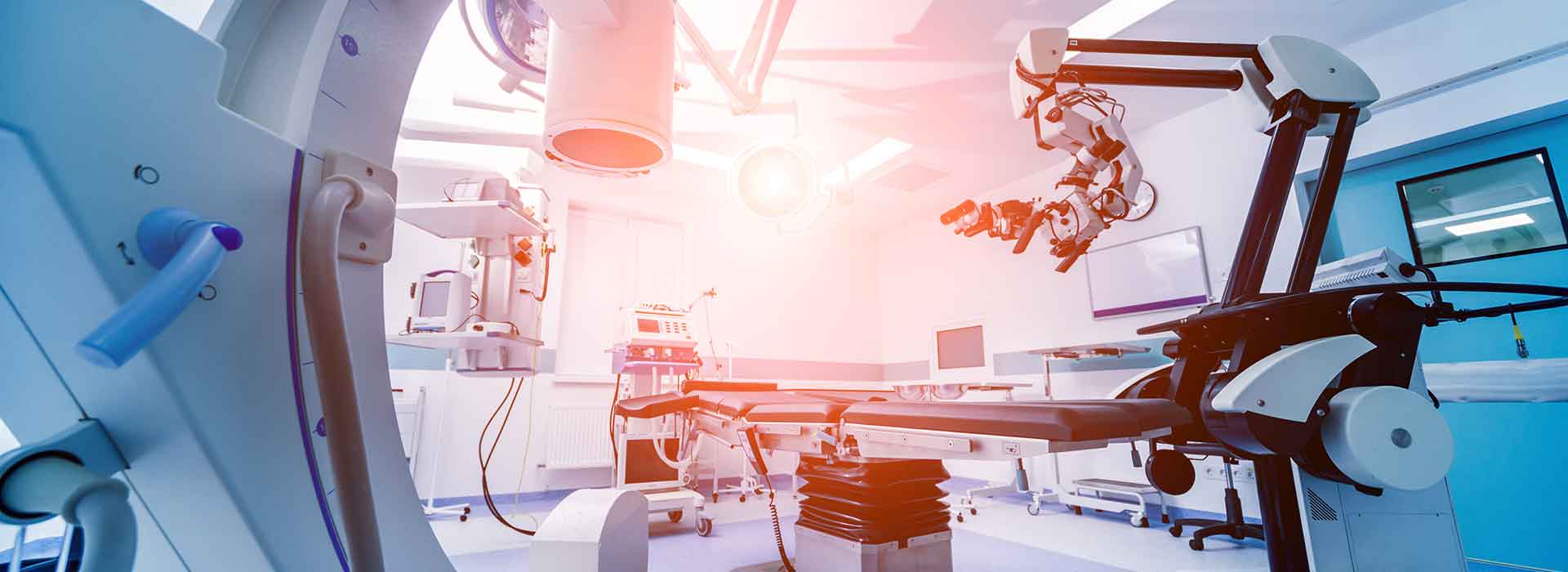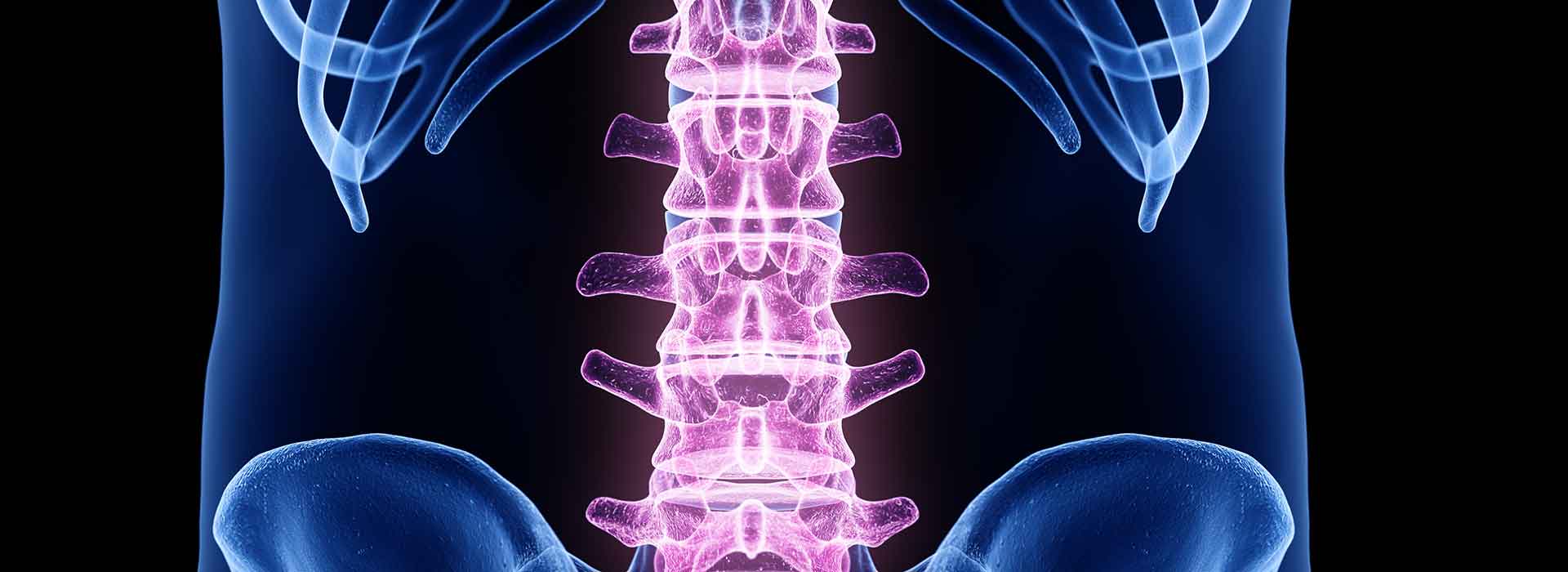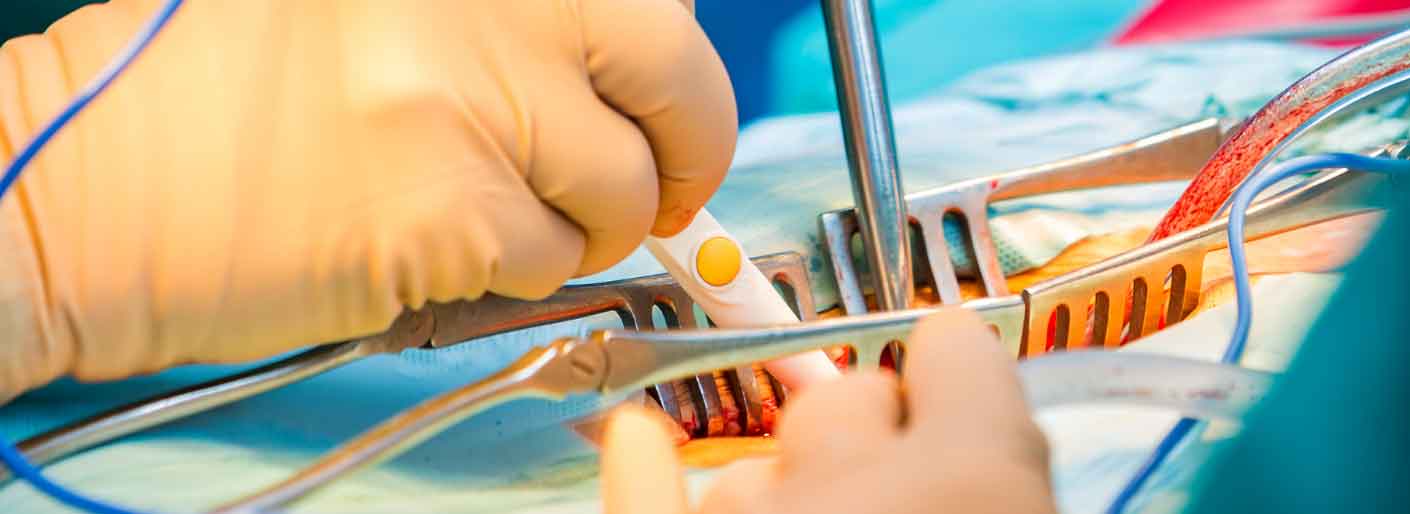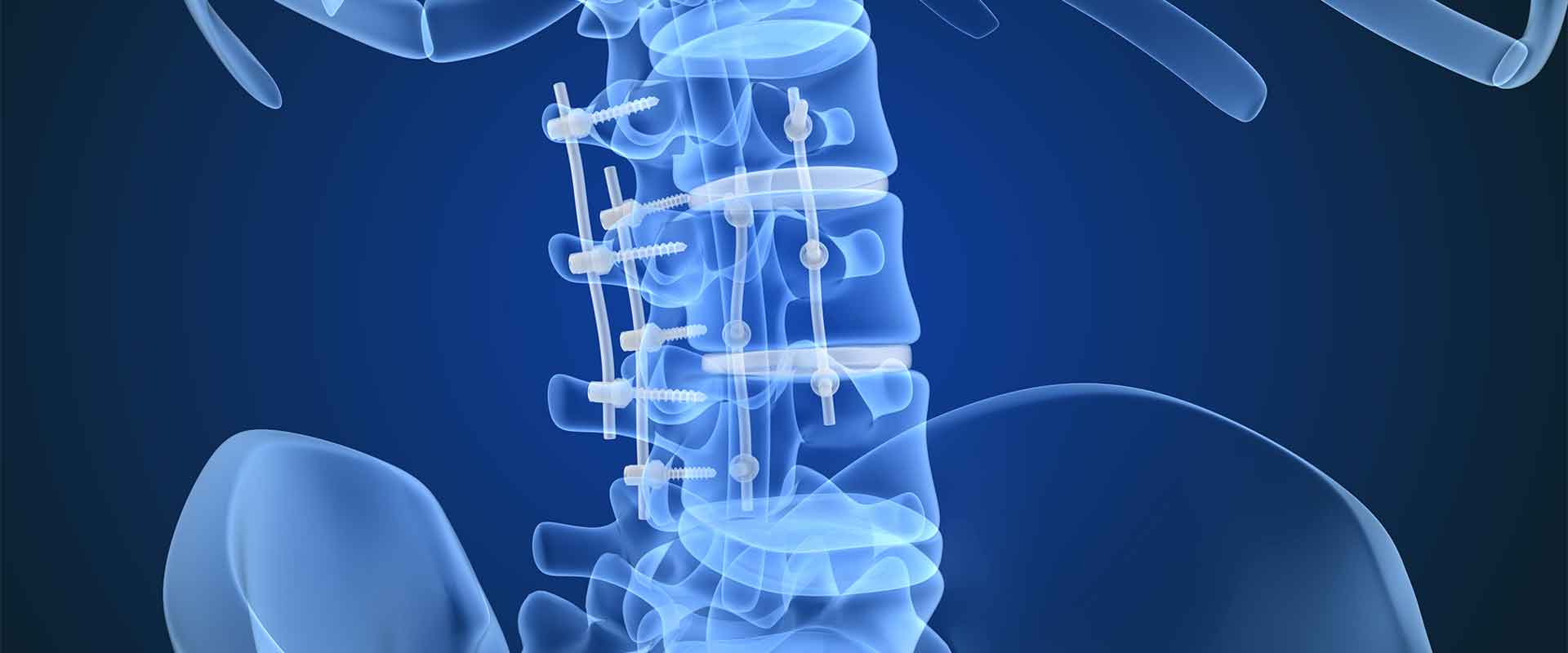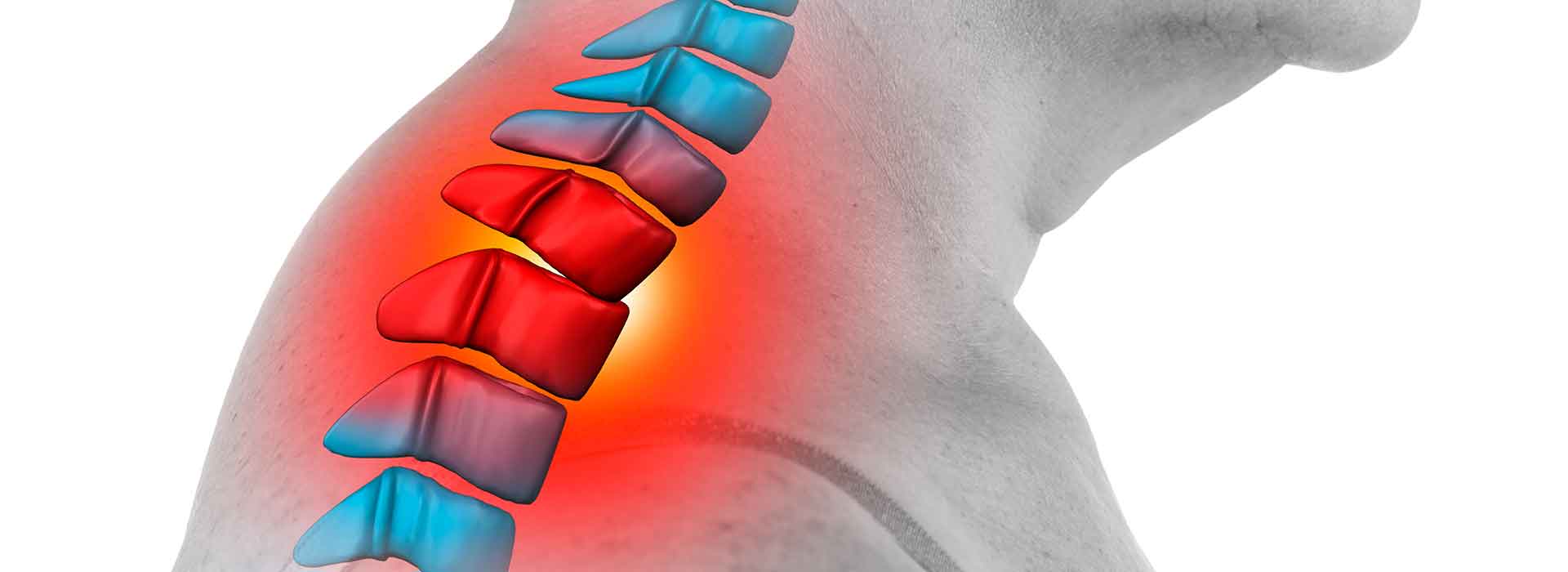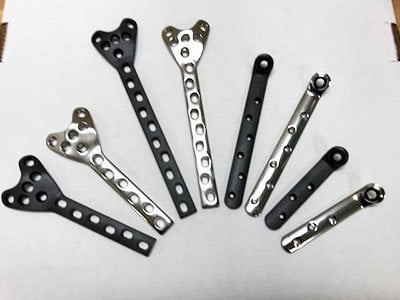PEEK is short for polyether ether ketone, which means it’s a member of the polyaryletherketone, or PAEK, family. These names may not be intuitive to a non-engineer, but they serve a purpose, as they refer to the polymer’s chemical structure. PAEK polymers are notable for their phenylene rings and oxygen bridges, which together are responsible for PEEK’s and PAEK’s thermal resistance and high melting point. PEEK’s chemical features are imparted into the polymer using specialized processes, resulting in the resilience, durability and strength that PEEK is known for.
What are PEEK’s important properties?
Melt processability is one of PEEK’s standout traits, as it can be converted using one of several methods. Being a member of the polyaryletherketone class, PEEK is a semi-crystalline thermoplastic. This means that at high enough temperatures, PEEK can be molded or otherwise converted. Once the polymer cools, it hardens back to its original state, while retaining its new shape or design.
Why Is PEEK a good fit for medical applications?
Though melt processability is an important characteristic for medical devices, it’s not the only one PEEK exhibits. The high-performance polymer is also a valuable biomaterial for the following reasons:
1. Biocompatibility – PEEK is a proven biomaterial, which means it is considered safe for use with in vivo applications. PEEK’s biocompatibility has been demonstrated through extensive testing, including the USP Class VI testing that’s considered a standard.
Class VI testing involves several stages, starting with an acute systemic toxicity test that checks for any signs of toxicity when the material is administered via injection, inhalation or ingestion. The material is also checked for intracutaneous reactivity and any reaction to muscle implantation.
PEEK has passed all of these tests, with no signs of cytotoxicity, genotoxicity or immunogenesis. Further, with 20 years of success with patients confirming the polymer’s safety, there are no biocompatibility concerns with PEEK.
2. A favorable flexural modulus – Compared to titanium, stainless steel and other metal biomaterials, PEEK is much more flexible. It behaves much like cortical bone in how it flexes and bears weight, and this is a major advantage. PEEK will not bear too much weight and cause stress shielding in nearby bone.
Stress shielding is an issue for stiff biomaterials like titanium. That was demonstrated in a study published in the European Spine Journal, which showed that titanium could cause subsidence (caving in) rates of up to 20 percent. Subsidence rates associated with PEEK were less than half of titanium’s, which suggests that titanium is causing a reduction in bone mineral density, relative to PEEK.
PEEK’s advantageous modulus has made it a frontline biomaterial is several fields of medicine, including spinal fusion, trauma fixation, orthopedics and arthroscopy.
3. Pure radiolucency – Another major medical advantage of PEEK is its pure radiolucency, which means it is completely transparent on X-rays, CT and MRI scans. PEEK’s radiolucency makes it easy for surgical teams to track the positioning of implants and spot potential complications before they emerge. This is especially important for spinal fusion, where precision placement is essential.
If radiolucency is not a priority, or if additional imaging opacity would be preferred, PEEK can be augmented with Barium Sulfate to provide additional opacity.
4. Processability – As mentioned, PEEK can be converted through several methods, giving device manufacturers and medical professionals options. For in vivo medical devices, PEEK is usually machined to maintain extremely tight tolerances. For single-use instruments, PEEK can be injection molded, which offers better economy for larger production runs. Medical facilities can get the best of both worlds with PEEK, depending on the instrument or device they need.
PEEK’s processability goes beyond injection molding and machining, as well. Extrusion, for instance, can be used to produce long, uniform segments that can be used for tubing or thin calandered films. Extrusion is an important conversion process for cardiovascular devices like certain pacemakers, replacement valves and stents.
5. Future potential – PEEK has only been in use as a biomaterial for about 20 years, so it’s still one of the newest medical materials. There remains plenty of room for development and improvement, and the next generation of PEEK interbody fusion cages are already here. These new cages are designed with microporous structures and with materials that naturally facilitate bone growth, like hydroxyapatite or zeolite.
With these added features, new PEEK cages exhibit superior bone-in growth qualities, allowing for better osseointegration between the implant and native bone.
PEEK’s versatility is also being explored in multiple fields, and it’s likely that the polymer will find its way into additional, life-preserving medical devices in the near future.
PEEK is polyether ether ketone, a thermoplastic, a high-performance polymer and a critical biomaterial for many medical applications. The chemistry may be challenging, but PEEK’s impact is easy to understand, with decades of successful procedures and reams of research backing the polymer’s effectiveness.




